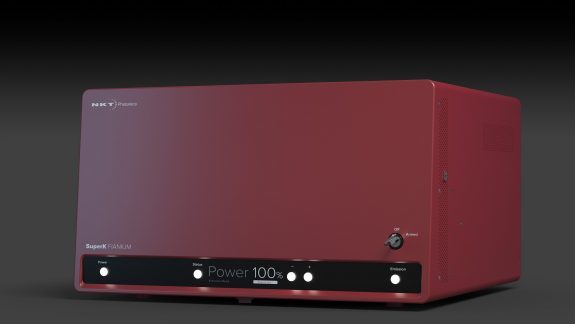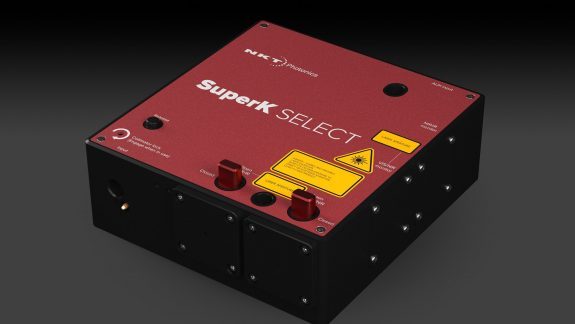Tom Vosch’s Nanospectroscopy group at the University of Copenhagen has presented a method that lets you characterize luminescent materials over very large ranges of time – from sub-nanoseconds to milliseconds or longer (a factor of 1 million or more difference in time scales).
The group demonstrated the method for a DNA-stabilized silver nanocluster (DNA-AgNC) that displays dual emission.
Their method lets you separate the temporal evolution of two spectrally overlapping signals and determine the nano and microsecond decay times of the two emission components as well as the time it takes for them to reach the steady-state equilibrium.
SuperK, the only light source you need
Their method lets you conveniently study large ranges of time scale in a single measurement. Usually, you would need these two different techniques to cover large ranges:
- Time-Correlated Single-Photon Counting (TC-SPC) for the sub-nanosecond to microsecond range
- Nanosecond flash lamps for the microsecond to millisecond range
However, the only light source the group needed was the SuperK EXTREME supercontinuum laser (the SuperK EXTREME model is now replaced by the SuperK FIANIUM). The SuperK laser gave the group great flexibility to choose any wavelength they needed in the 400 to 2400 nm range. They also used the SuperK EXTREME to synchronize a second NIR wavelength with the original excitation wavelength.
A SuperK COMMAND fast wavelength switching signaling module allowed them to generate the bursts of pulses needed in the experiment. It was also used to cover the slow time domain, while the inter pulse data in the on burst is used to cover the fast time domain.




